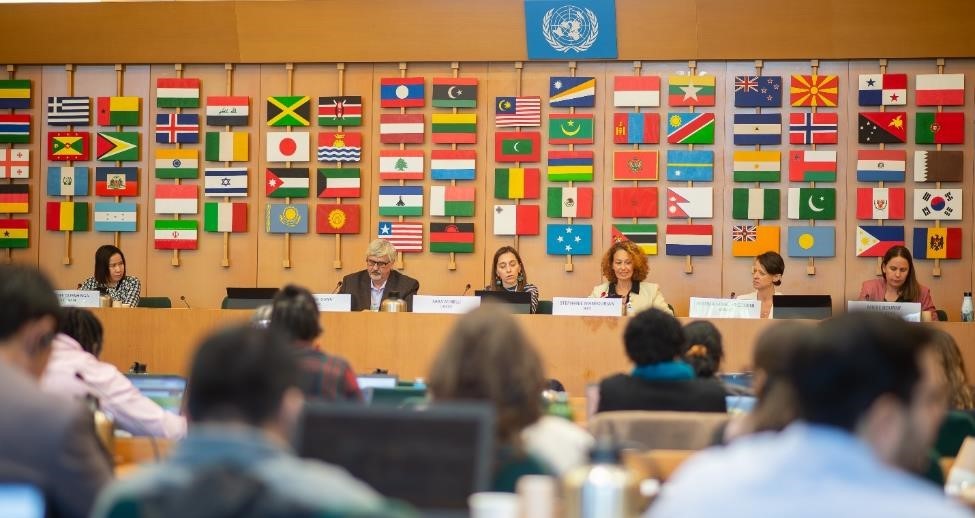---copy.png?sfvrsn=5bd88b98_0)
Global Biodiversity Framework Target 2
The first half of the Fifteenth meeting of the Conference of the Parties (COP) to the Convention on Biological Diversity (CBD) took place from 1-24 October 2021, in Kunming, Yunnan Province, China. At the second half of COP15, held in December 2022, in Montreal, Canada, Parties adopted a post-2020 Global Biodiversity Framework (GBF) as a roadmap towards the 2050 Vision of "Living in harmony with nature". As a part of the Kuming-Montreal GBF, parties adopted its Target 2: “Ensure that by 2030 at least 30 per cent of areas of degraded terrestrial, inland water, and coastal and marine ecosystems are under effective restoration, in order to enhance biodiversity and ecosystem functions and services, ecological integrity and connectivity.” (Headline Indicator 2: Area under restoration.)
To accomplish this, the target specifies several elements that need to be considered:
The Twenty-fourth meeting of the Subsidiary Body on Scientific, Technical and Technological Advice (SBSTTA) to the CBD was held in Geneva from 14 to 29 March 2022 to discuss a proposed list of indicators, including for Target 2, for consideration in developing the monitoring framework for the post-2020 global biodiversity framework.
To support the monitoring and supporting of Target 2, a Working Group was created in May 2022 composed of experts from FAO, CBD, UNCCD, UNEP-WCMC/BIP Ramsar, IUCN, SER/GRO, and ICRI. The Working Group has collaboratively drafted an Information Note with monitoring suggestions in June 2022.
In parallel, various headline, component and complement indicators have been proposed and were discussed in the 4th meeting of the Open-Ended Working Group (Nairobi, 21-26 June 2022), and the technical meeting in Bonn (29 June - 1 July 2022). The final version has been drafted at COP 15 in Montreal (5 -17 December 2022) and submitted in the Recommendation Adopted By The Working Group On The Post-2020 Global Biodiversity Framework.
FAO has supported the process across technical divisions, and with voluntary contributions from members of the Monitoring Task Force. The Information Note has now been developed to include a draft methodology and was presented during COP15 Restoration Day on 13 December 2022. The methodology has now been modified according the final indicator formulation, according to the Monitoring framework for the Kunming-Montreal global biodiversity framework.
Early in 2023, the working group mobilized into a partnership supporting implementation and monitoring of ecosystem restoration, with broadened membership, adding UNEP, UNDP, WRI, SEEA, Restor, CIFOR-ICRAF, CI, and WWF. The new partnership developed a Roadmap for GBF Target 2 to COP 16 and beyond.







